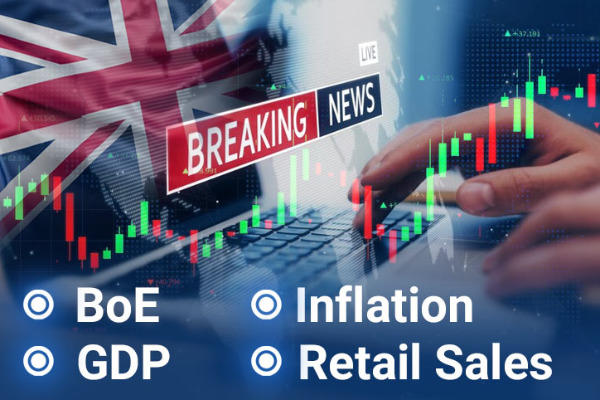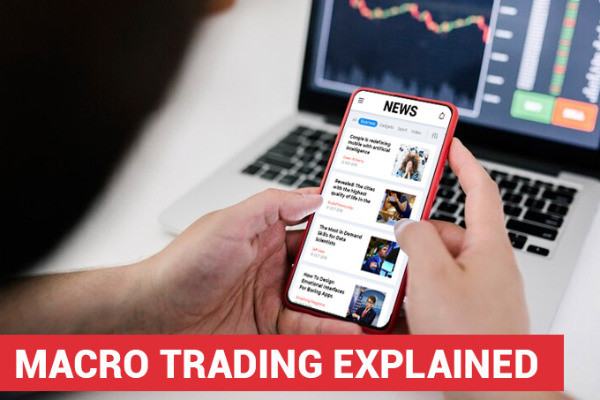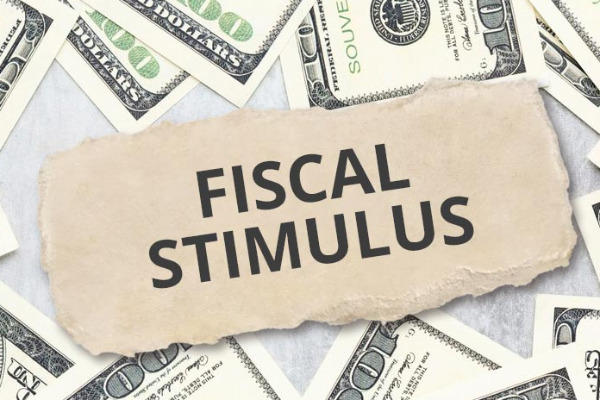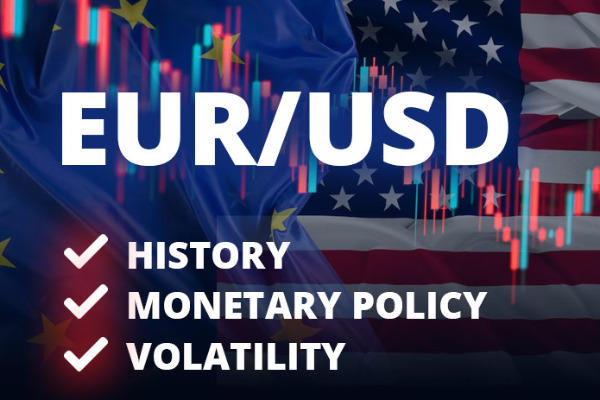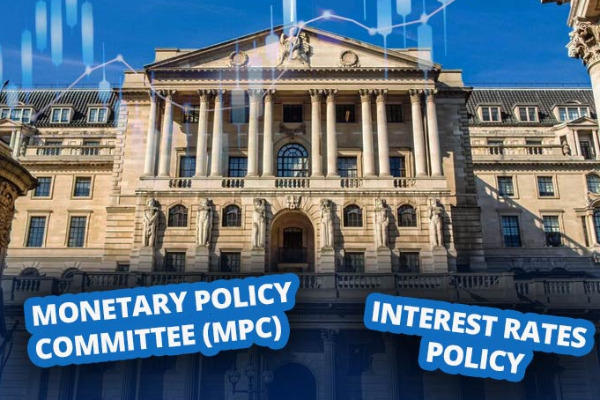Large countries such as Brazil, China, and India are still categorized as part of the emerging markets. Therefore, what precisely constitutes an emerging market?
Have you noticed that the expression "emerging markets" frequently pops up in economic news? In addition to newspapers, this term is often linked to currencies and referred to as "emerging market currencies." Emerging markets can be categorized based on several factors. Those include income per capita, economic growth, high volatility, etc. What else is there to learn about emerging markets, and which countries are considered emerging markets? We'll delve into the topic comprehensively in the following article.

Definition of Emerging Markets
The term "emerging markets" refers to countries transitioning from traditional economies to more advanced economies in terms of per capita income. Traditional economies rely on the agricultural sector and the export of raw materials. Their industrialization tends to be rapid, adopting either a free market or a mixed economy.
The term "emerging market" was coined by Antoine W. van Agtmael, an investor from the International Finance Corporation, in 1981. In short, emerging markets describe the economic condition of a developing country striving to become an advanced country. Therefore, emerging markets are often called "developing country markets."
Over time, the meaning of the term "developing country markets" has expanded. It can also refer to countries that emerge due to significant industrial development and economic expansion.
As a result, emerging markets countries have become more diverse and not limited to small countries. China, often considered an advanced country, is still classified as an emerging market, on par with Tunisia and India.
Five well-known emerging market countries are often considered major countries. These five countries are collectively known as BRICS: Brazil, Russia, India, China, and South Africa. South Africa joined the emerging markets category in 2011, later than the other four countries.
The BRICS countries have experienced rapid GDP growth in the past. To this day, they still have a large GDP regarding Purchasing Power Parity (PPP). However, they are still overshadowed by political uncertainty and debt problems.
In addition to GDP, the domestic currency exchange rate can also be used to indicate a country's economic health. In the context of emerging markets, the domestic currency exchange rate is determined by comparison with major currencies such as the US Dollar (USD), Euro (EUR), Japanese Yen (JPY), and British Pound (GBP).
The Characteristics of Emerging Markets
When we look at the characteristics of BRICS countries, we can easily see the common thread that ties them together. Five common characteristics of emerging markets can be easily identified, which are:
- Low income
- Rapid growth
- High volatility
- Currency swings
- High return potential
These five characteristics are interconnected, as follows:
Low Income Can Trigger Rapid Growth
A per capita income below average is one of the distinguishing features of emerging markets. A country with a low income must keep growing, resulting in fast-paced growth. Emerging market leaders are willing to pursue more industrialized economic expansion to survive.
The evidence for this can be seen in the economic growth data of developed countries before the pandemic in 2021. While countries such as the United States, the United Kingdom, and Germany had economic growth rates of 5.4 percent, China's growth was over 8 percent.
Rapid Growth Results in High Volatility
The high volatility of emerging markets results from their rapid growth, which is the third characteristic. These markets are more vulnerable to currency fluctuations, especially those involving the US dollar (USD) since a country's growth requires substantial investment capital. However, the stock markets in developing countries are "less mature" than those in developed countries, which leads to significant currency swings.
Furthermore, emerging markets often lack a solid track record of direct foreign investment, making obtaining information about the companies listed on their stock markets difficult. They are also vulnerable to commodity fluctuations like crude oil or food. For instance, when the United States subsidized corn ethanol production in 2008, oil and food prices skyrocketed, leading to food riots in many emerging market countries.
Moreover, when market leaders initiate changes to industrialize, many sectors suffer. For instance, farmers may lose their land for cultivation, leading to social unrest, rebellion, and regime change. Investors risk losing everything if industries are nationalized or governments fail to pay their debts.
Rapid Growth Can Result in High Returns
Emerging market countries can potentially provide high returns for investors if they are successful in their growth. This is due to their focus on export strategies, as they tend to have low domestic demand and can produce goods at lower costs for export to developed countries.
As a result, companies driving growth in these markets will generate profits and lead to higher stock prices and bond returns to compensate for the additional risks of investing in emerging market companies.
This characteristic makes emerging markets attractive for investors, but it's important to note that not all these countries are good investments. At the very least, they should have low debt, a growing labor market, and a non-corrupt government.
4 Most Popular Emerging Market Currencies
Many traders and investors are interested in emerging market currencies because of their high volatility and significant exchange rate fluctuations. Experienced traders who can recognize opportunities can turn these fluctuations into substantial profits.
Nevertheless, not all emerging market currencies can be used as potential trading instruments. Generally, only the following four currencies are the most favored in the market as they present an attractive opportunity for alternative profits.
1. Chinese Yuan (CNY)
Chinese Yuan (CNY) ranks first among other emerging market currencies frequently traded in the forex market. CNY is often paired with USD (US Dollar) and ranks eighth in the forex market. China has the largest workforce and is also the world's second-largest machinery exporter, which often leads people to believe that China is a developed country mistakenly.
In March 2018, China was involved in a trade war with the US. This trade war became a sudden catalyst important for its price movements in the forex market. China was even suspected of allowing the exchange rate of CNY to plummet to its lowest level against the Greenback in a decade. Until now, China's economic relationship with the US remains very close.
2. Indian Rupee (INR)
The Indian Rupee (INR) is only traded with the US Dollar (USD/INR) in forex trading. The Reserve Bank of India (RBI) implements a managed floating policy that involves intervening in the domestic currency to maintain its exchange rate. Therefore, it can be said that the INR exchange rate is determined not only by transactions in the market but also by the RBI's role as the central bank.
India's GDP figures also contribute to fluctuations in the Rupee exchange rate. As of mid-2019, India's GDP reached USD 11.468 trillion, with the largest contributions coming from the service sector, followed by employment and job services. India's economy is also supported by the agricultural sector and crude oil export to several trading partners, such as the US, Saudi Arabia, the United Arab Emirates, and Hong Kong.
3. Russian Rubel (RUB)
The Russian Ruble (RUB) is typically paired with the Euro or the US Dollar in the forex market. Its highly unpredictable nature makes it one of the most volatile currencies in the world, and thus it is favored by risk-taking traders who can earn high returns by trading it correctly.
Russia is a successful crude oil and natural gas exporter to the European Union, China, and Japan, with a GDP of USD 4.213 trillion recorded in 2018. In addition to GDP, the value of RUB is also influenced by crude oil price issues and economic sanctions imposed by the US and the European Union. When these two factors arise, the exchange rate of the RUB can move dramatically.
See Also:
4. Brazilian Real (BRL)
The Brazilian Real (BRL) is the least traded among emerging market currencies. In the forex market, BRL ranks 19th overall and is usually paired with the Euro (EUR/BRL) or the US Dollar (USD/BRL).
Brazil's export sector to major trading partners such as China, the US, and Argentina supports its status as an emerging market. The country's main export commodities are iron ore, soybeans, coffee, and automobiles. In 2018, Brazil's GDP reached USD 3.365 trillion from the export sector alone.
However, it is not widely known that the exchange rate of BRL reached 3.1 per USD in August 2016 due to a national debt crisis, a decline in the prices of main commodities, and internal political controversy.
Conclusion
Trading in emerging market currencies is acceptable. The reason is that the four BRIC currencies (excluding South Africa) mentioned earlier are renowned for their strong economies despite being part of the emerging markets. You can seek profitable opportunities from their significant price fluctuations while keeping the risks in check.
While the volatility of these currencies is high, they are not as unstable as other emerging market currencies like the Turkish Lira, Mexican Peso, or Indonesian Rupiah. Nonetheless, it is crucial to consider the factors that influence their price movements, as these four currencies exhibit extreme volatility.
Forex pairs consisting of major and emerging market currencies are considered exotic pairs. Choosing the right broker that offers the best spread for exotic pairs is important.

 Dedicated FREE FOREX VPS
Dedicated FREE FOREX VPS Free FOREX Virtual Private Server
Free FOREX Virtual Private Server MT4 Demo Contest, Get $500
MT4 Demo Contest, Get $500 Sign Up for an Account, Claim 60% Deposit Bonus
Sign Up for an Account, Claim 60% Deposit Bonus Free MT4/MT5 VPS 2024
Free MT4/MT5 VPS 2024 Send E-mail and Get Free Merchandise
Send E-mail and Get Free Merchandise $1K Refer a Friend Bonus for Pepperstone Pro clients
$1K Refer a Friend Bonus for Pepperstone Pro clients Maximize Your Earnings with 100% Deposit bonus
Maximize Your Earnings with 100% Deposit bonus Trade to Win, $5,000 Monthly Demo Contest
Trade to Win, $5,000 Monthly Demo Contest Claim 30% + 15% Deposit Bonus from LiteFinance
Claim 30% + 15% Deposit Bonus from LiteFinance
